An electric bus route operating in Hanoi's inner city area. (Photo: PV/Vietnam+)
Lack of connectivity, increased traffic congestion
At the online seminar "Integrated and seamless transportation - Solutions for green urban areas" organized by Hanoi Moi newspaper on the afternoon of August 6, according to Mr. Nguyen Tuyen, Head of Transport Management Department (Hanoi Department of Construction), the city currently has 2 railway lines Yen Nghia-Cat Linh, Nhon-Cau Giay in operation along with 2,250 bus routes, 18,800 taxis. In addition, there is a system of technology-based vehicles such as: Grab, Bee, inter-provincial passenger vehicles...
Mr. Tuyen said that public transport has so far only met 19.5% of people's travel needs. Meanwhile, Hanoi currently has about 8 million motorbikes and nearly 1.5 million cars. The growth rate of personal vehicles in the city is 4.5% per year. The planning for static traffic must reach 3-4%, but Hanoi has not yet reached 1%.
Along with that, the ratio of land area for transportation to urban construction land area in Hanoi only reached 12.13%, only half of the Government 's decision on Hanoi's transportation planning (the planning target is 20-26% for central urban areas)...
“Although Hanoi has made efforts to develop its transportation system, it cannot keep up with the rapid increase in personal vehicles, which has led to increased traffic congestion and environmental pollution,” Mr. Nguyen Tuyen admitted.
Recognizing that the two urban railway lines have created a big change, with high-quality and clean public transport services of the city, Mr. Khuat Viet Hung, Chairman of the Board of Members of Hanoi Railway One Member Limited Liability Company, said that the Company has promoted connections for people to get to the station in the fastest, easiest and cheapest way by connecting with technology car companies such as Grab, Be, Xanh; arranging bus stations near the station; increasing vehicle parking at the station; organizing small buses, electric cars...
“If the solutions are well connected, it will help solve many problems of traffic congestion and reduce environmental emissions,” Mr. Hung affirmed.
Hanoi will have to ban gasoline-powered motorbikes in Ring Road 1 from July 1, 2026. (Photo: Viet Hung/Vietnam+)
Mr. Nguyen Hoang Hai, Vice President of the Hanoi Public Passenger Transport Association, said that an interconnected and connected transport system is understood as a transport model serving commuters with continuous trips, using many different types of transport but connected from the starting point to the end point.
Mr. Hai also pointed out the fact that there is a lack of connection between traffic routes and types of transportation in Hanoi, causing difficulties for people to move around; choosing to travel by walking is not easy because there is not enough infrastructure for pedestrians such as: lack of sidewalks, lack of dedicated pedestrian roads.
“Before restricting motorbikes using fossil fuels, Hanoi needs to take steps to change the mindset of motorbike users by creating better conditions for people to use public transport such as trains, buses, public electric bicycles, and even walking. If public transport is fully arranged and the traffic infrastructure is synchronized, it will help people proactively choose their means of transport,” Mr. Hai suggested.
Open charging station, support electric vehicle conversion
According to Ms. Dang Thuy Trang, Director of External Relations of Grab Vietnam, Grab has many initiatives to encourage drivers to switch to electric vehicles to serve the travel and transportation needs of people. Grab also cooperates with many electric vehicle manufacturers to conduct surveys and design electric vehicles suitable for drivers.
In addition, Grab is collaborating with several organizations to launch a loan program with preferential interest rates for drivers who buy and use electric vehicles instead of gasoline vehicles.
However, Ms. Trang also revealed that Grab surveyed Hanoi drivers about switching from gasoline cars to electric cars and found that over 60% of drivers were not ready to switch, mainly due to financial problems (no collateral if borrowing, no labor contract...).
On the other hand, drivers do not easily find charging points for motorbikes and electric cars. Therefore, Hanoi needs to have a policy to promote investment and improve charging station infrastructure for green transportation; have an open charging system for all brands and companies; have a suitable conversion roadmap, gradually support people, and avoid causing negative impacts on people's lives. Support policies from the State need to be stronger to encourage people to convert.
“Grab continues to research to build a fully integrated network of vehicles so that people can check the routes of all public transport across the city using just one app,” said Ms. Trang.
An electric car charging station is located in the yard of an apartment building in Hanoi. (Photo: Viet Hung/Vietnam+)
In order for the transportation system to become seamless and integrate many means of transport, economist Nguyen Tri Hieu said that the State needs to take the lead in building a common standard for data, called an open integrated transportation ecosystem, to facilitate traffic participants; increase traffic safety; solve traffic congestion; reduce travel costs; and protect the environment.
Presenting the plan for developing the public transport system, Mr. Tuyen said that the city has issued a Plan to implement the Project for developing a public transport system using buses using electricity and green energy in the city.
“After Directive No. 20/CT-TTg, Hanoi will continue to research and aim to increase public passenger transport on Ring Roads 1, 2, 3 and the entire system,” the Head of the Transport Management Department (Hanoi Department of Construction) added./.
According to VNA
Source: https://baothanhhoa.vn/phuong-tien-giao-thong-cong-cong-bo-tri-day-du-nguoi-dan-se-tu-bo-xe-may-257209.htm


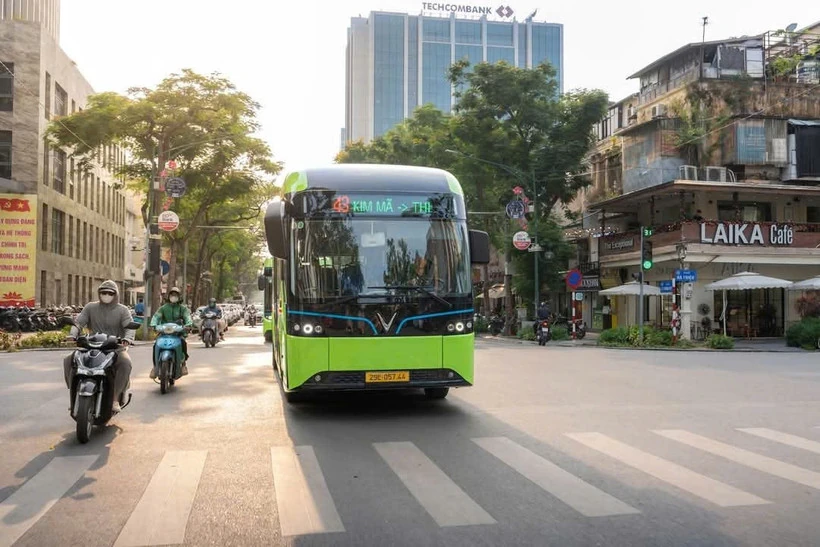
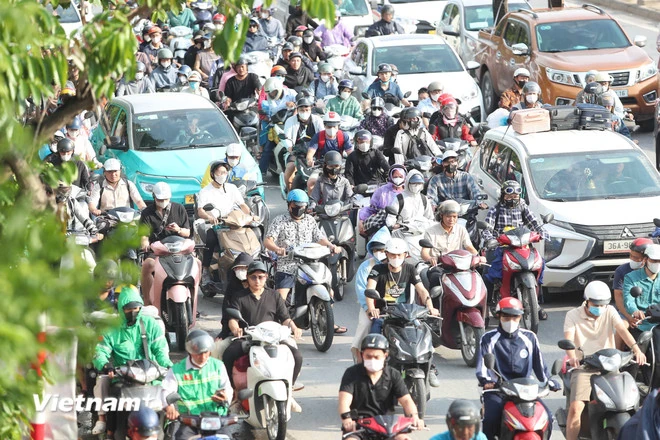
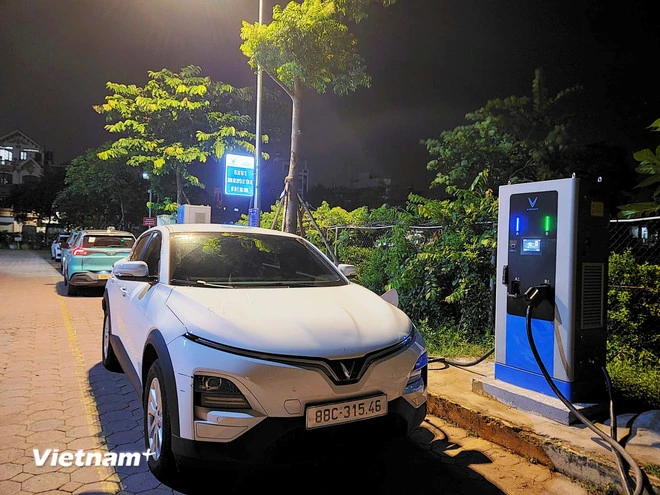
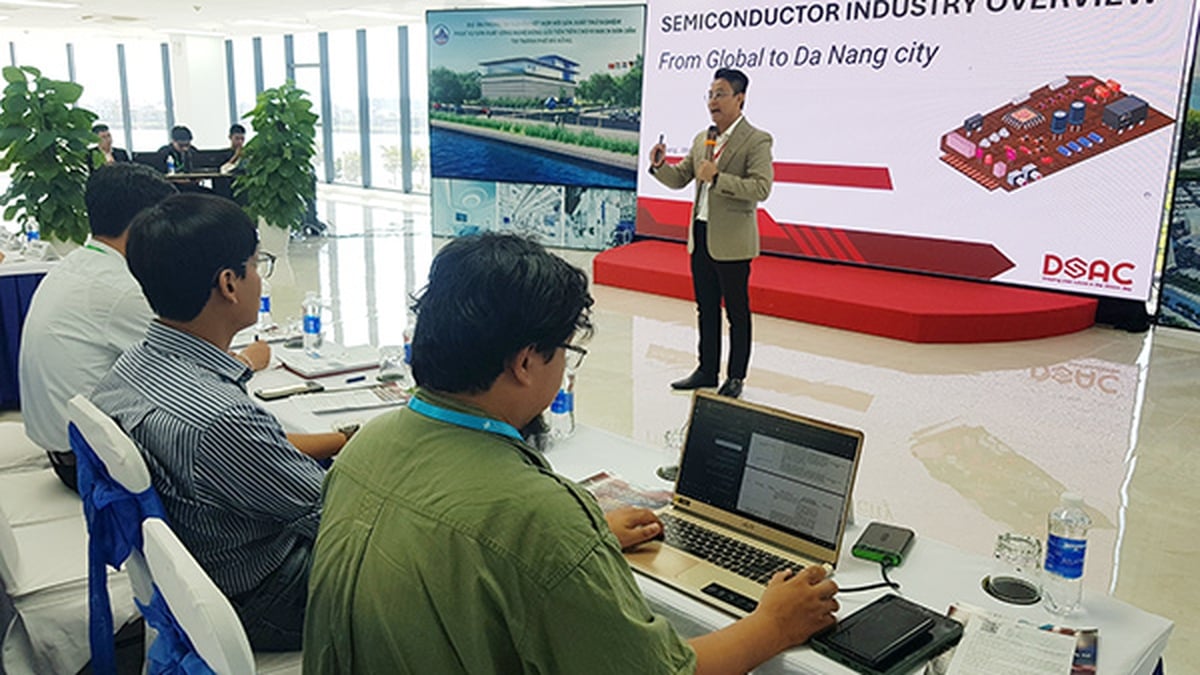

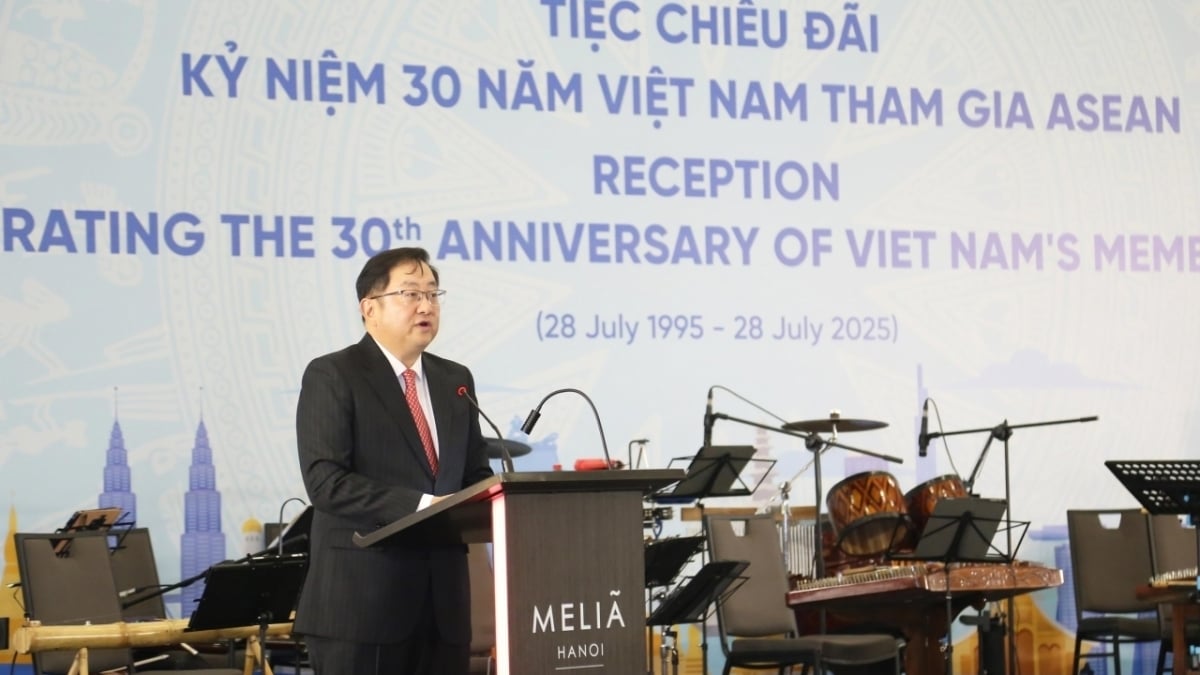





















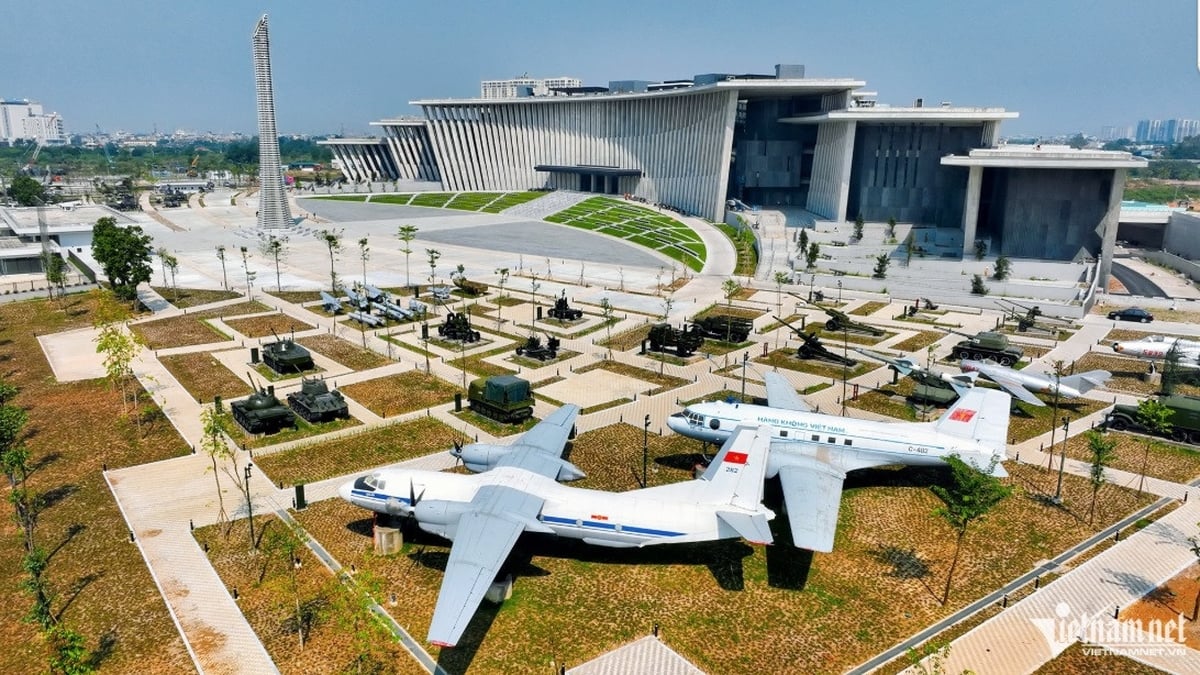
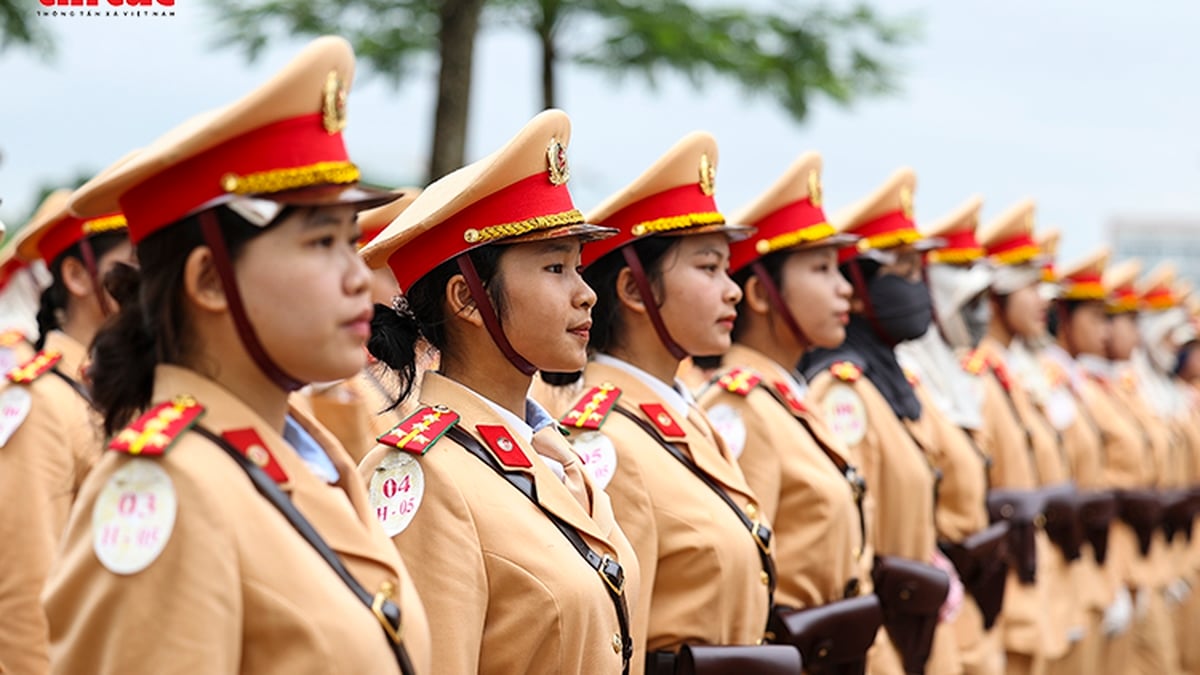

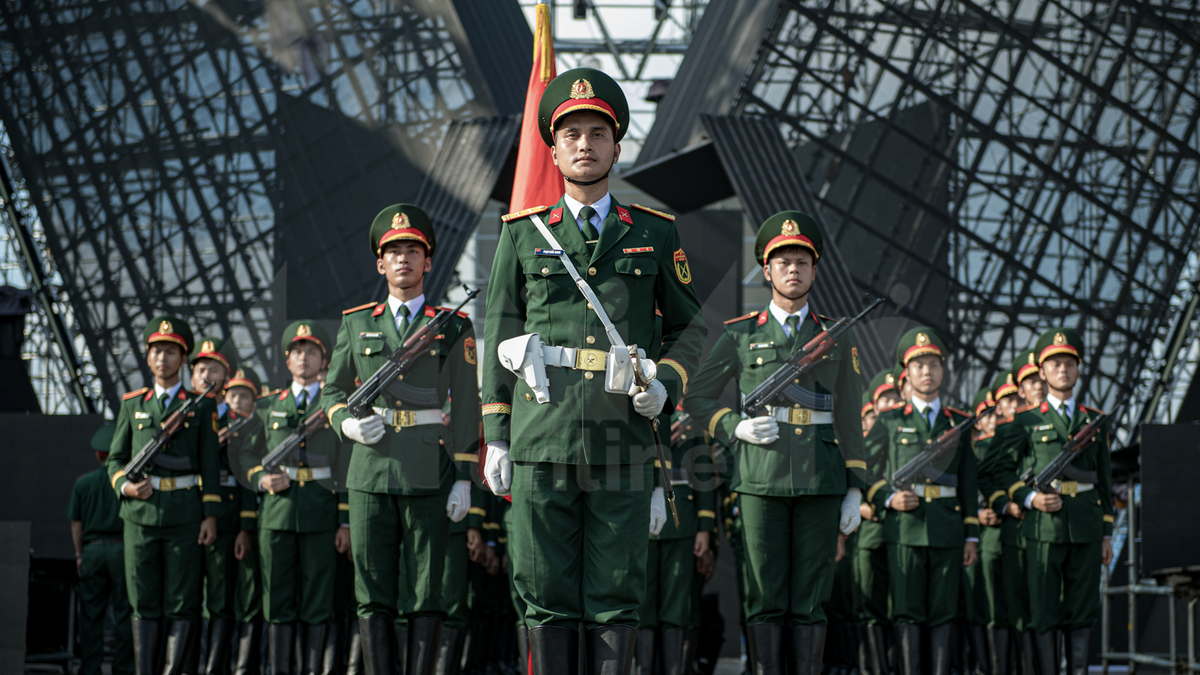


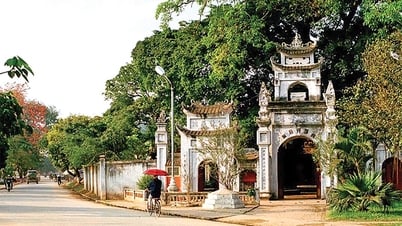



















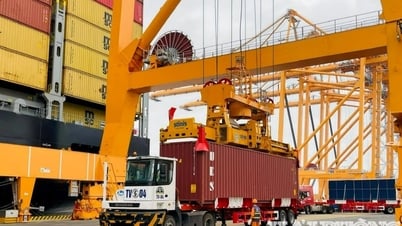

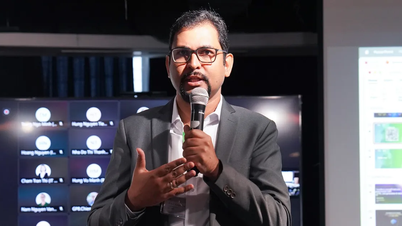



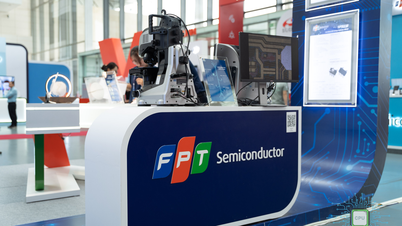


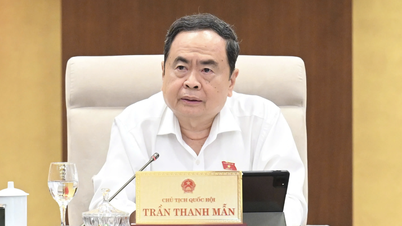


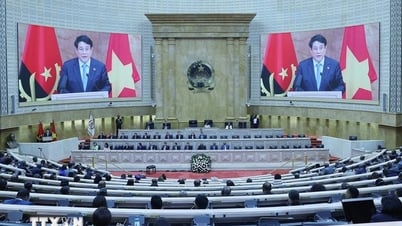



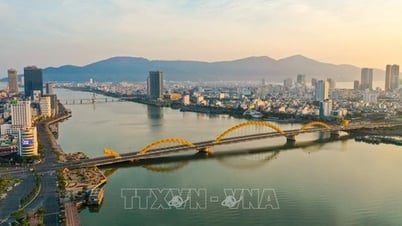


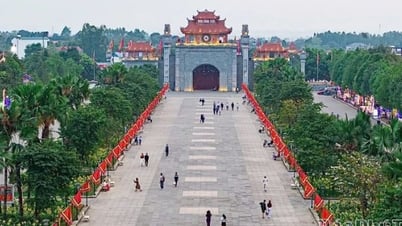























Comment (0)